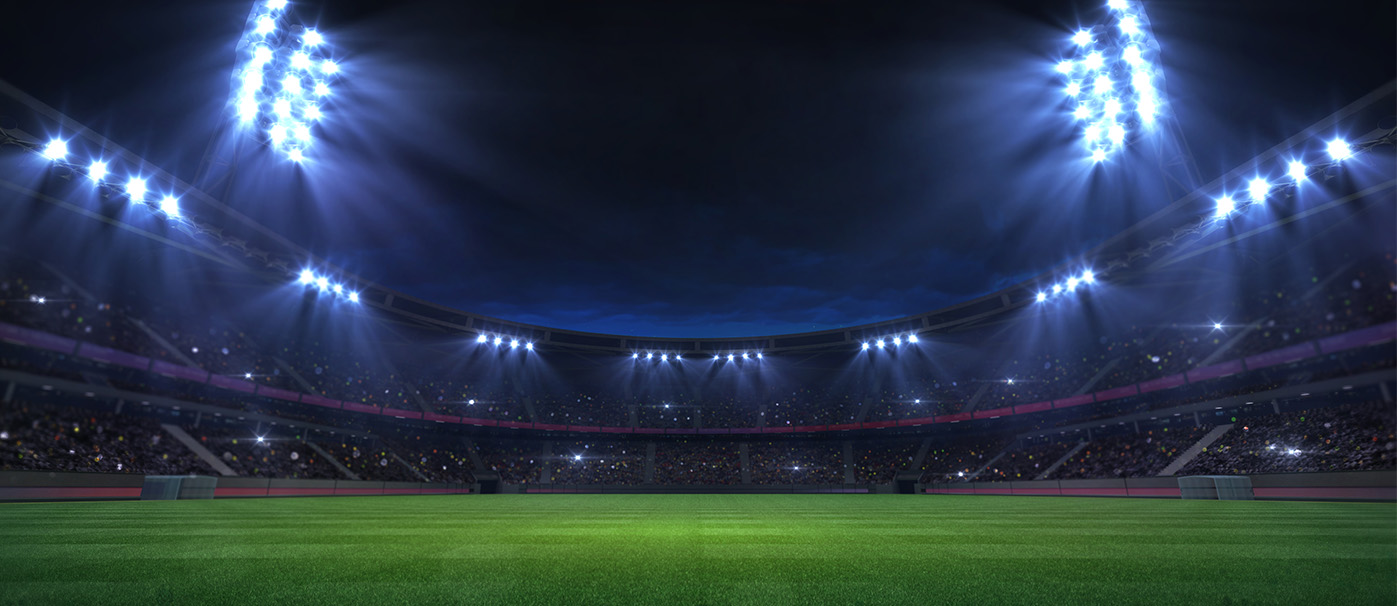Sports field lighting requirements
Sports field lighting requirements
Blog Article

Sports field lighting requirements involve several key factors to ensure optimal visual conditions for athletes, spectators, and technical staff, as well as to meet broadcasting standards. The design must consider the following aspects:
Illuminance Levels:
Illuminance levels vary based on the type of sport, mode (training, competition, TV broadcast), and event importance. For general sports activities, illuminance ranges from 300 to 2000 lux, with maintenance factors typically set at 0.8. For international and major domestic events, higher illuminance values may be required.
Color Temperature and Color Rendering:
The color temperature should generally be between 4000K to 6000K[1]. For non-TV broadcasts, a color rendering index (Ra) of at least 65 is required, while TV broadcasts require Ra > 80. For large international and domestic events, Ra should be at least 90.
Glare Control:
Reducing glare is critical for maintaining visual comfort and optimal performance. The CIE (International Commission on Illumination) has established glare evaluation systems for both indoor and outdoor facilities. For outdoor venues, glare is assessed using the glare rating (GR) and glare factor (GF).
Uniformity and Distribution:
Lighting must ensure uniform horizontal and vertical illuminance to prevent shadows and uneven lighting. The goal is to achieve a uniform and balanced lighting environment that supports both athletes and spectators.
Additional Considerations:
For sports facilities with multiple functions, such as hosting non-sport events, the lighting design should be versatile. For example, facilities may require higher color rendering indices (e.g., Ra > 65) to accommodate diverse activities.
Standards and Guidelines:
Designers must adhere to international and national standards, such as the CIE guidelines, FIFA recommendations, and national standards like GB 50034-2013 and JGJ 153-2016.
In summary, sports field lighting must balance technical requirements, aesthetic considerations, and functional needs to ensure a safe, comfortable, and visually appealing environment for all users.